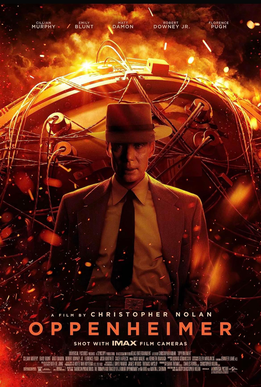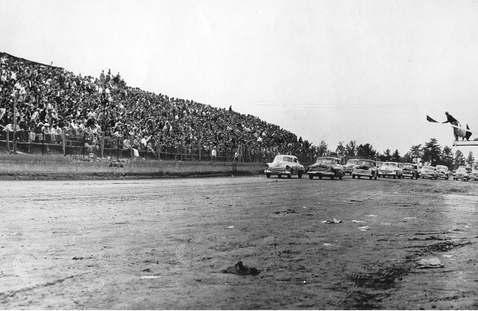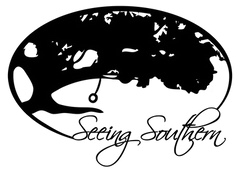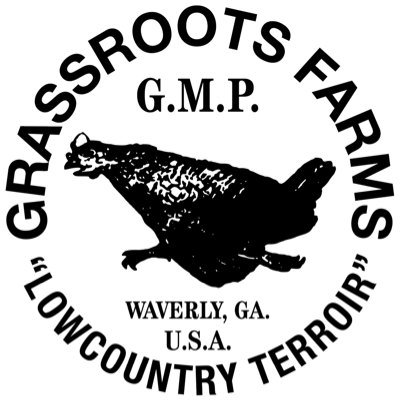 Sam Burnham, Curator Energy. It’s a single word that encompasses the entire experience. Go back in your mind to elementary school science and recall all the types of energy that you learned about. The scientists that gathered at Oak Ridge, the Benton Site, and Los Alamos had to harness energy in all those forms to make the Manhattan Project a success. In Hollywood, a bomb is not usually what someone aspires to create. But just as J. Robert Oppenheimer and his team set out to do something no one had ever done before, Christopher Nolan assembled a team to make a Hollywood bomb and for that to be a good thing. Oppenheimer and Nolan both succeeded. Components, timing, theory, practice, energy, and the all critical chain reaction. That describes the bomb and the film. Cillian Murphy wowed me as Tommy Shelby in Peaky Blinders. I had a hint of worry that I wouldn’t be able to set that aside. He proved me wrong. He disappeared off into the character and his performance is indistinguishable from any of the Oppenheimer interviews I’ve seen. He should be a shoo-in for Best Actor. Robert Downey Jr. Wow. You’ve seen his range, the amazing roles he has played, his skill on screen. He was incredible. I cannot imagine anyone topping him for best supporting actor. But there are so many other strong performances in this film. Many are small in screen time but huge in the story. Three immediately come to mind, actors known for their dynamic leading roles who played smaller but crucial roles in this film: Rami Malek as David Hill, Kenneth Branagh as Niels Bohr, and Gary Oldman as Harry Truman. There are so many others, too numerous to mention them all here. It is truly one of those casts that you can’t imagine anyone being able to assemble. But the cast was supported with brilliant writing and the lighting and sound pulls you into Oppenheimer’s mind no one has to explain what he’s thinking or how he’s feeling. You hear it. You see it. You feel it. It is the bomb. You hear the volatility of the material; you can feel the particles colliding and this chain reaction is just getting started as Fat Man and Little Boy detonate over Japan. A few side notes on the cultural impact of this film: Kudos to whoever brought the gifted James Woods on as an executive producer. We may never really know the impact this blackballed genius had on this masterpiece. There has been a lot of opinions in the various media about the absence of the Japanese victims of the bombs. This film is a biopic about a man who has no access to the vast majority of the media we have today. Nolan took on the challenge of showing us how those victims weighed on Oppenheimer. Each and every victim is in this film. You see them in his eyes. You feel the weight of them on his soul. There’s the very real presence of a quarter of a million people that he never saw but whose image were woven into his very existence for the rest of his days. He never saw them. He would never unsee them. This is a masterpiece of our time. (Note: there will not be a Barbie review on this website.)
0 Comments
 Out of the Past, North Wilkesboro Races Into the Future Out of the Past, North Wilkesboro Races Into the Future Sam Burnham, Curator In July of 2018, Time Magazine released a special issue dedicated to The American South. There were a lot of topics covered that embody the region - politics, football, hunting, food. But one story stood out. It was a piece written by Stephanie Powell Watts. It was her experience working as a teenager in the Holly Farms fried chicken restaurant in North Wilkesboro, North Carolina. It was a good story and it communicated her feelings of being a young black woman with all white coworkers. But a particular part of her story stood out to me. Admittedly, it was not a part that she, or Time, intended to be the highlight of the article. But I couldn’t help it. She spoke of race day, the annual running of the NASCAR race at North Wilkesboro Speedway, sponsored by Holly Farms. That sponsorship led hungry race fans to bypass KFC, Bojangle’s, and others to get fried chicken from Holly Farms. She and her coworkers served up hundreds of buckets of chicken on race day. But she also spoke of the speedway, long since abandoned. It sat rusting away on the outskirts of town. And this passage hit me like a ton of bricks: “The speedway is gone now. Not demolished but rusting and not in use. It would take a fortune to revive. Not many people in towns where most worked on factory lines in chicken processing or furniture building have a fortune.” So, I set out to learn more. I located a group called Save the Speedway that was actively advocating for the track's preservation and future. I also interviewed NASCAR Hall of Fame driver Bobby Allison. That led to one of the most popular stories to ever be published on this website. And then something magical happened. A lot of people had already been working hard to accomplish a feat that they all knew to be a lost cause. I won’t attempt to claim that my article was some sort of catalyst or rallying point. It was just one small piece of a mammoth effort. I never dreamed anything would come of the effort. I had seen this story too many times before. But somewhere, somehow, someone got the right words in the right ears. Wheels began turning. Things started happening. There was talk that the speedway might be partially restored. There were rumors of possible small circuit racing at the track. Then the track was simulated in an online iRacing video game. And then the impossible happened. This week, NASCAR has returned to North Wilkesboro. The track is hosting the sport’s All-Star event. There will be a big parade, a pit crew contest, and multiple races with the biggest names active in the sport. NASCAR Hall of Famers are involved in various roles. It is a gala event of the stock car auto racing variety and the speedway itself is the biggest star. Because of the work of people who love that old racetrack, they will sit in their beloved venue and watch one of NASCAR’s biggest events. Millions of dollars will pour into their town. I wanted to revisit this topic because it shows that the impossible can happen. Miracles are real. The North Wilkesboro Speedway was dead. It was gone. It was never going to return. But people tried anyway. And a lost cause was reclaimed in magnificent fashion. A historic, cultural, and economic icon has been reborn. It’s just so heartwarming to see such a win. Great job, y’all. Sam Burnham, Curator I’ve heard a lot of buzz over the last few months about the new movie Cocaine Bear. The true events that inspired the film are a bit of a curiosity. The story takes place almost entirely in Georgia, in the film, specifically Blood Mountain. I had to know. The opening sequence sets a fantastic mood. As the production logos begin to appear you hear those familiar opening notes and then the drums, piano, and guitar hit you with the full force of Jefferson Starship’s Jane. As the music plays on, Andrew C. Thornton II (Matthew Rhys) slams open the side door of a moving airplane and it’s obvious he has been sampling the cargo. He’s whooping and hollering as he jettisons red duffel bags of cocaine and dances to the music. And then, with all the bags falling to the woods of Blood Mountain, Georgia, he steps into the doorway with 70 pounds of product strapped to himself and prepares for a dramatic exit. But then as he goes to take the plunge, he hits his head on the doorframe and falls out of the plane, parachute still neatly folded in its pack. Bye, Andrew. It is an excellent opening for a film. Now, a completely honest review would tell you that the best thing you can do at this point in the movie is to grab the remote and vigorously mash the home button. It’s a fantastic scene. It lasts one minute and 47 seconds. Nothing in the remaining 93 minutes and 13 seconds can compare to it. Just stop while you’re ahead. I watched this movie for you, so you won’t have to. You’re welcome. But since I watched it all, I’ll mention the rest. Let me say that I’m a little disappointed that this is Ray Liotta’s final completed film role before his death in 2022. He had an amazing career, and this isn’t how it should have ended. That being said, he bought into this film. He went full cheese. The content wasn’t good, but Ray was still Ray. There’s some decent 80s nostalgia sprinkled here and there. Some recognizable music, a few snippets of Tom Brokaw reporting on the actual story that inspired the movie, and a couple of the bizarre anti-drug campaign PSAs, including the legendary Pee-Wee Herman one. I do have to say Isiah Whitlock Jr. portrayed Detective Bob Springs well. His part in the film was a high point. If only he had had better material to work with. For the most part, this movie is a silly and ridiculous farce. If you’re into comical gore and horror, this might be up your alley. But if not, give it a pass. If you watch, don’t expect a lot of character development or overarching themes. This movie is about a north Georgia black bear hopped up on cocaine and on a rampage. Every time you think the bear has recovered and returned to normal or finally overdosed and died, she finds another parcel and it’s go time once again. So basically it’s a game of ursine Pac-Man. The creature eats a power pellet and then it can eat some people. When the pellet wears off, the people have the upper hand again until the bear finds another one. Basically, the only character developments are either death or enhanced fear of bears on cocaine. And the only overarching theme is that old Rick James adage, “Cocaine is a hell of a drug.” The worst part? Georgia is a destination for filmmakers. There are tax breaks and substantial infrastructure for making movies. And here is a movie set almost entirely in Georgia and filmed entirely in... *checks notes* ummm…Ireland. Really, y’all? |
Sam B.Historian, self-proclaimed gentleman, agrarian-at-heart, & curator extraordinaire Social MediaCategories
All
Archives
November 2022
|




 RSS Feed
RSS Feed
